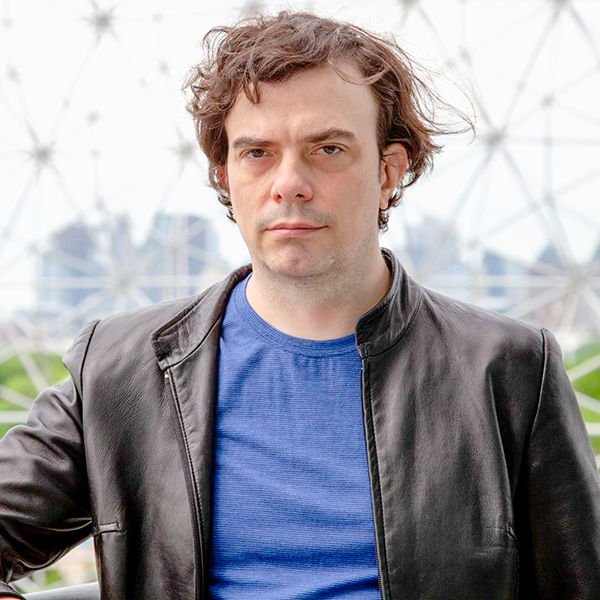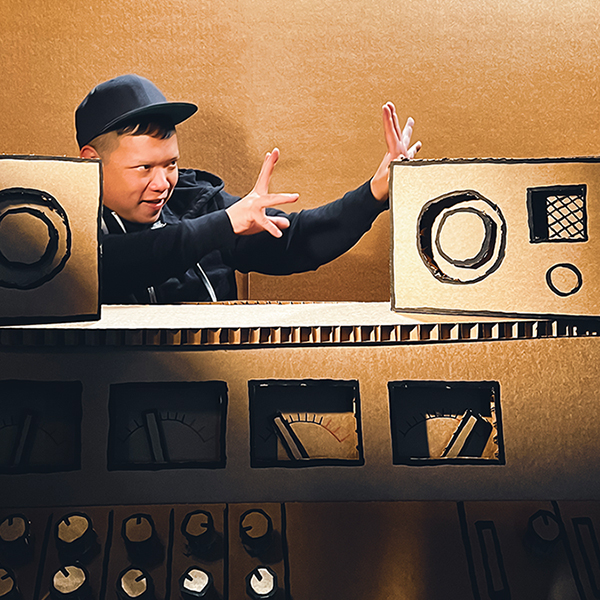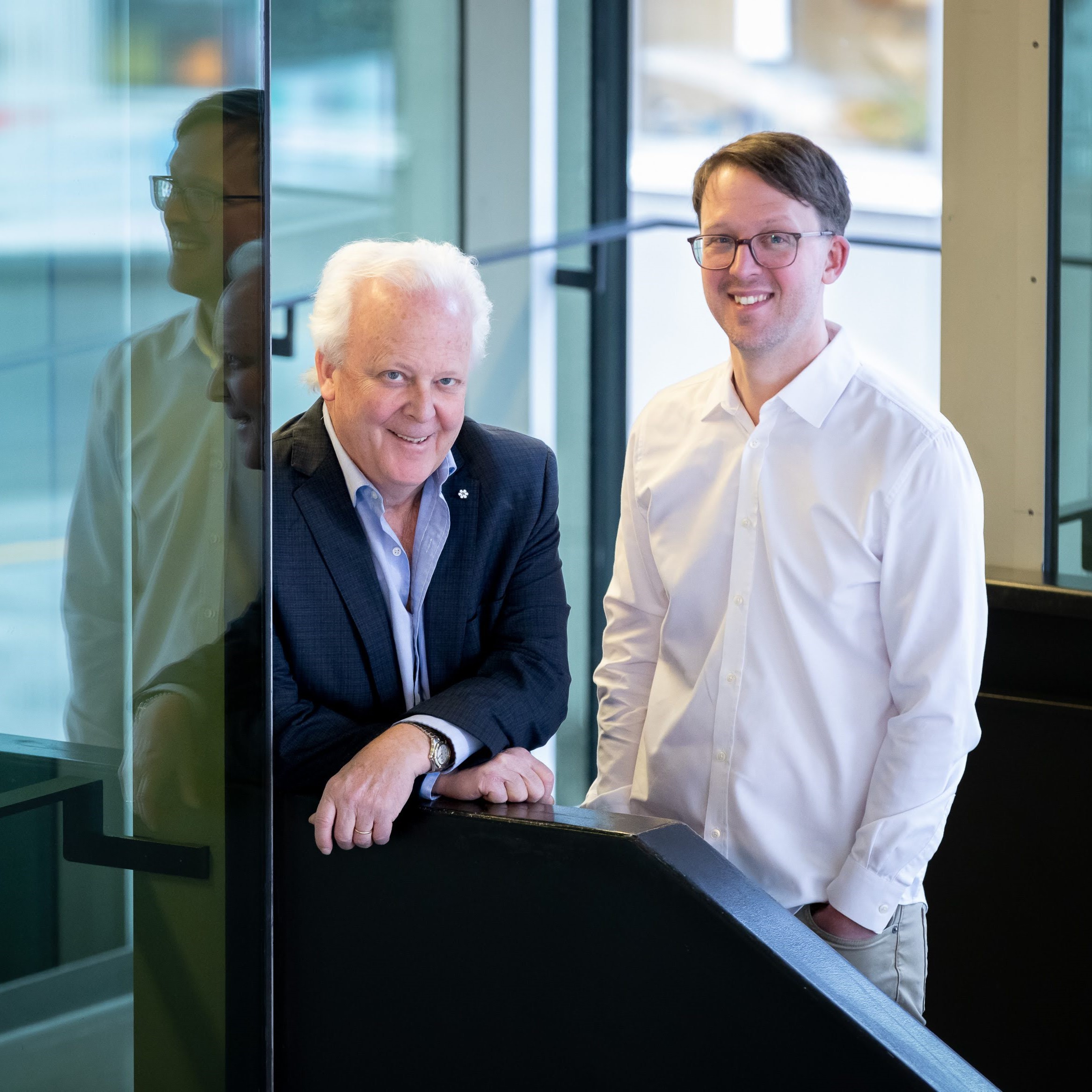Humans have wondered about the sound of space for much of our history: in Ancient Greece philosopher Pythagoras – credited as the first to explore the relationship between music and math – postulated that the movement of celestial bodies produced a symphony of sound, which he named ‘Musica Universalis.’
More recently in 2023, composer Sophie Kastner, MMus’22, combined data from NASA telescopes with her creative prowess to compose a piece of music that allows people to experience the centre of the Milky Way through sound.
Entitled Where Parallel Lines Converge, the ethereal, layered piece which evokes a sense of wonder and suspense is a sonic rendering of a composite image of the centre of our galaxy which NASA created by combining data from their Chandra, Hubble and Spitzer space telescopes.
Kastner’s piece was commissioned by the space agency’s Universe of Sound Data Sonification Project. The initiative was originally meant to allow blind or low-vision people to experience space through sound by translating observational data which telescopes transmit in binary code into audible frequencies before the data is translated into an image.
Since its inception in 2020, the Universe of Sound had posted multiple sonifications on its website. One of the project’s leads, Kimberly Arcand, approached Kastner to help transform the sonifications into sheet music playable by musicians.
“It started as a project to transcribe the existing sonifications, but evolved into something more creative,” Kastner says. “We already have the sonifications and can listen to them, so I thought wouldn’t it be more exciting to do something new and completely different? I wanted it to be emotional. Something only a human could have made.”
Rather than trying to describe all the data contained within the image of the Milky Way like the original sonification, Kastner opted to zoom in on three elements of the image to tell a story.
“There was so much going on! It’s the entire galaxy!” she explains. “I decided it made more sense to encapsulate the feeling of different parts of the image.”
To remain true to the original intent of the sonification, Kastner stuck to the idea of translating image data from the sonification into musical parameters but introduced some creative variations. For instance, instead of matching types of light to a specific instrument, she used register and timbre. “For x-ray light, it was the highest register instruments and the brightest timbre,” she explains. “And for infra-red light, it was the lowest instruments and more discordant timbre.”
To help bring her piece to life, Kastner reached out to conductor Charles-Eric Fontaine, BMus’19, MMus’21. “We worked together from the beginning, and he helped me pick out the instrumentation,” she says. Fontaine had recently stepped into the role of artistic director of Montreal group Ensemble Éclat and suggested using them to record the piece.
“They were great to work with, and they are the reason there is so much humanity in the piece,” gushes Kastner, also extending special thanks to McGill’s Centre for Interdisciplinary Research in Music Media and Technology’s (CIRMMT) Analysis Creation + Teaching of Orchestration (ACTOR) project, who allowed the group to record the piece in their multimedia room free of charge. The recording is now available on Nasa’s Chandra X-ray Observatory website.
“Everyone who worked on the project aside from the NASA side was from McGill.”
Sophie Kastner
“Everyone who worked on the project aside from the NASA side was from McGill,” says Kastner.
Kastner, who is primarily an opera composer, is currently working on the finishing touches of All Things Lovely, a 60-minute chamber opera written by Alice Abracen about Virginia Wolfe and Vita Sackville-West’s relationship, which was first performed as her master’s thesis, as well as collaborating with Abracen on a new opera.
Although her latest projects are based on more earthly themes, she hopes that her journey into composing about space is just starting to take flight. “I would like to get the funding for live performances, and to expand the piece into something longer, or even to do a whole concert set,” she says.


